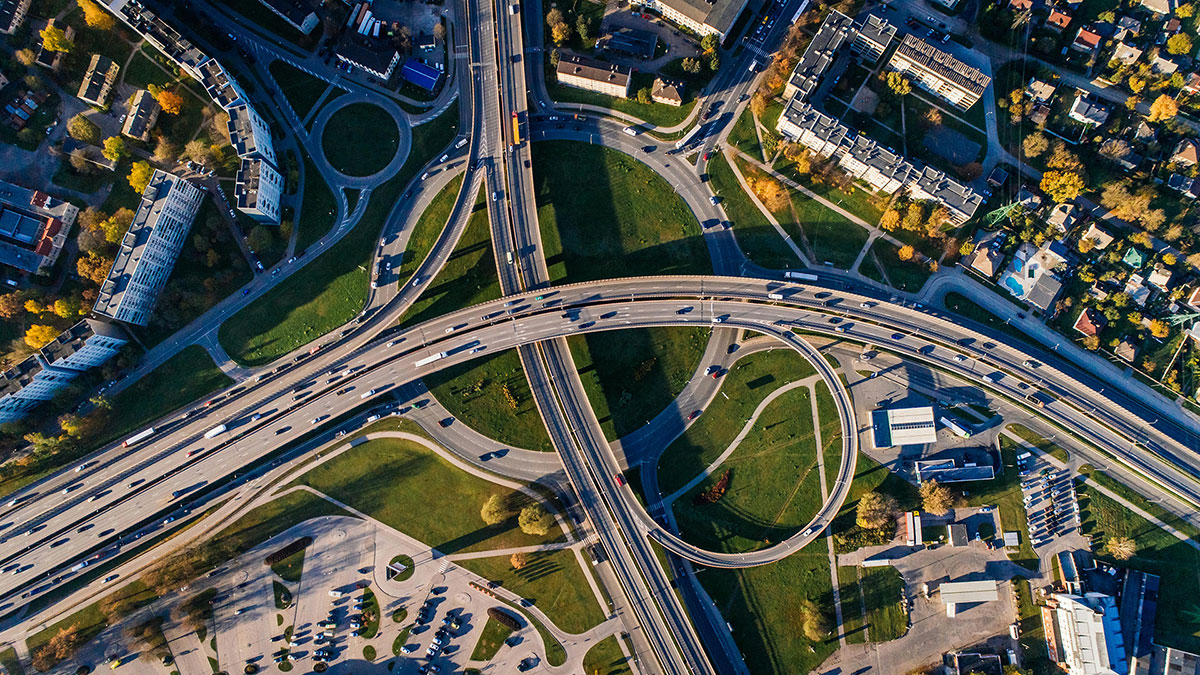The concept of “induced demand” is fundamental to understanding the dynamics of road traffic in large cities. This concept refers to the increased use of road infrastructure, as a result of increases in road capacity through the construction of new roads, or the expansion of existing roads. At first glance, it seems that improving road infrastructure will solve congestion problems. However, the reality is more complex.
When roads are widened or new roads are built, such as ring roads in large cities, there is initially an improvement in traffic flow. However, this improvement is usually temporary. The increased traffic capacity on a road will attract drivers who previously avoided it due to congestion. In addition, people who previously used other modes of transport, such as public transport, cycling or even walking, will now in some cases opt to use the car. Finally, the improvement will also induce in other cases to make journeys that were previously ruled out due to poor traffic conditions.

Ring roads, designed to divert traffic away from city centres, exemplify this phenomenon well. A notable case in point is the M25 in London, UK. Despite being one of the largest ring roads in the world, it has suffered from continuous congestion due to induced demand. Another example is the Boulevard Périphérique in Paris, France. This, despite improvements, is still one of the most congested roads in Europe.

To mitigate the effects of induced demand, a comprehensive strategy is essential. Investing in efficient and attractive public transport reduces car dependency. Implementing land-use policies that promote dense, multi-functional urban developments near public transport hubs is also crucial. In addition, road pricing, which discourages excessive road use during peak hours, and the use of advanced technologies to manage traffic, help to maintain a smoother and more sustainable vehicle flow.

By Manolo Barberá, Senior Hydraulic Modeller at Amusement Logic’s Architecture Dept.
Images: Pexels.com






